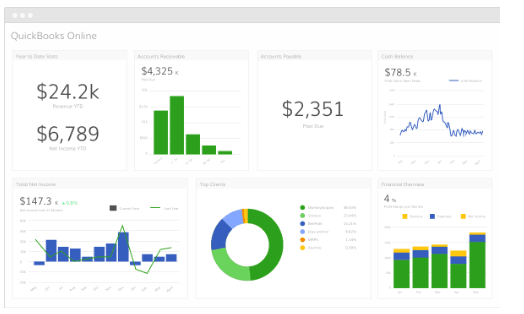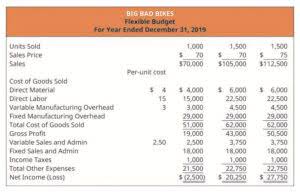Cost Accounting: Definition, Concepts, Types, and Uses

An expense account needs to have a total balance, as well as the balance for each sub-account. This lets you view your expenses at a glance, making it easy to track costs. In fact, retained earnings breaking your expense account down into smaller accounts is suggested.
- Delaying this step can lead to errors in financial reports and cash flow issues.
- Expense accounts are typically listed in the expenses section of the reporting entity’s income statement.
- Cost behavior refers to how costs change in response to business activity levels.
- Read how transaction auto-categorization helps you understand your finances better and how Fincent is using AI to improve the process.
- It helps service providers identify operating costs and determine how to set service fees.
- It is a public report, compiled quarterly and annually, detailing the company’s income, outflow, assets, and debts.
Periodic Reviews and Best Practices

They can track and measure their current processes, see their effects, and consider potential improvements. Financial and cost accounting systems have different target audiences. Financial accounting is prepared for How to Invoice as a Freelancer the company’s shareholders, lenders, and regulators. It is a public report, compiled quarterly and annually, detailing the company’s income, outflow, assets, and debts.
Accounts Payable Solutions

These are sub-accounts that you can expect to see in nearly every business’s expense account. Expense accounts are considered temporary accounts in the accounting world. Utilities – Utilities types of expenses in accounting costs include electricity, water, heat, and even telephone services. Direct costs like materials and labor are assigned to a specific project, allowing the business to identify exactly how much money has been spent fulfilling its end of the deal. Marginal costing is centered on the variable costs of a good or service.
- ABC assigns costs to specific activities, allowing for a more accurate allocation of indirect costs.
- These expenses are recognized in the accounting period in which they occur, aligning with the accrual basis of accounting, which matches revenues with the expenses incurred to generate them.
- Furthermore, both expenses need proper budgeting and forecasting by financial experts to strategise thorough financial planning.
- These activities could be product lines, service offerings, or projects.
- However, the Internal Revenue Service (IRS) has strict rules on which expenses businesses are allowed to claim as a deduction.
- Fund accountants also have tax knowledge to ensure business tax compliance and investigate fraud to ensure investments are safe.
Operating Costing: Definition, Classification of Operating Cost
For a small business, these transactions may encompass sales, purchases, receipts, and payments. Accurate record-keeping facilitates the tracking of revenues, expenses, and profitability, ensuring that the business is aware of its financial position. The core principle is that traditional accounting methods can hide waste and inefficiency by spreading costs across all products and treating all expenses as necessary. Instead, lean accounting focuses on measuring and managing distinct “value streams”—the activities required to deliver a product or service to customers. Extraordinary expenses are costs incurred for large one-time events or transactions outside the firm’s regular business activity.

Employee Salaries and Benefits

Incurring expenditures are income tax deductible, i.e., one can claim an expense as the reduction from income while paying income tax, but not all costs are tax-deductible. The reason behind splitting expense accounts up into smaller accounts is for tracking purposes. This organizational method to reviewing expense accounts is invaluable. A different sub-account can be created for each type of expense your business incurs. This allows you to have full oversight over the way your business is spending money. Non-operating expenses include costs that can’t be linked back to operating revenues.